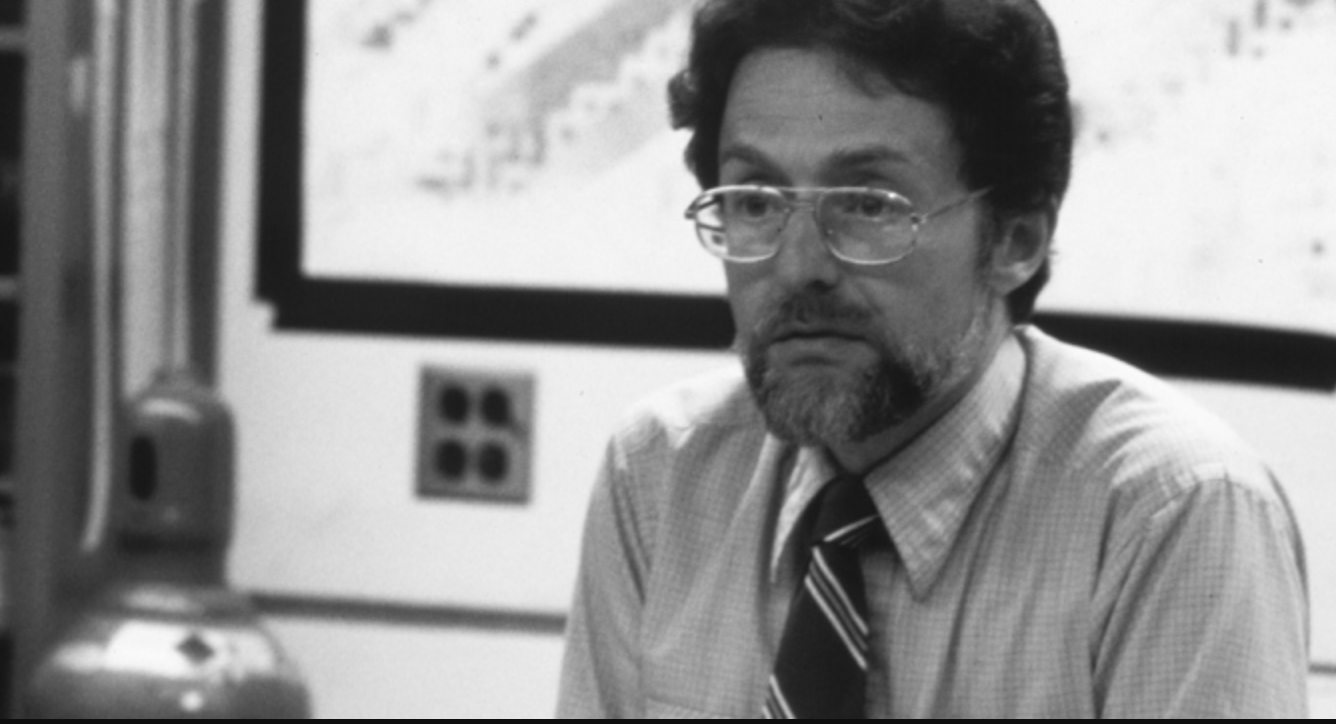Franklin's interest in the Rustad-Ruby experiment goes back to the summer of 1958
When I wrote recently about Allan Franklin's oral history, I made mention of his story about working as an undergraduate lab assistant when he is told by grad student Gene Commins, later a distinguished UC Berkeley professor, "Any fool can take data. It's taking good data that counts."
What I didn't know until I reviewed my citations again this week was that the experiment Franklin assisted on in the summer of 1958 was directly related to the Rustad-Ruby experiment. This puts a somewhat different light on Franklin's relationship to the story that became the subject of several of his historical/philosophical works.
Instead of having come to his interest in the Rustad-Ruby experiment through academic research and discovery, it turns out that he was personally involved as a bit player in the events. I'm not sure he discloses that fully in his writings, although I see he more than hints at it in the oral history.
In June 1958, Franklin had finished his third year as an undergraduate at Columbia. He took a summer position at Brookhaven Lab working under Commings on an experiment by Commings and Polykarp Kusch, another eminent Columbia professor who had won a Nobel Prize two years before.
Kusch was an expert in magnetic resonance and its application in determining the magnetic moment of atomic and nuclear entities. His Nobel for work showing the magnetic moment of the electron differed from theory, contributing to advances in quantum electrodynamics.
The experiment that Franklin worked on with Commings made a measurement of the magnetic moment of He6 in order to ascertain the spin property of the helium nucleus. The reason this was of interest was that a non-zero nuclear spin might correct for the discrepancy in the He6 beta decay experiment.
Placing this in the timeline, Rustad and Ruby had already withdrawn their result in January, and Wu's CU-173 report was promulgated in April. Seemingly, the nails were already in the coffin, but Commings and Kusch undertook that June to perform this experiment that might yet resurrect it.
Alas, it did not. The measured magnetic moment of He6 nuclei (produced using the same apparatus used by Rustad-Ruby) indicated that the nuclear spin of He6 is indeed zero.
The results were published as Upper Limit to the Magnetic Moment of He6 in the September 15, 1958 edition of Physical Review Letters. The acknowledgements are telling.
We gratefully acknowledge the aid given us by J. Vise and B. M. Rustad, who designed, constructed and operated the gas-handling system and provided much useful advice. Joseph Haas expertly constructed the atomic beams apparatus, and A. Franklin assisted in taking data and performing calculations.
Two Rustad-Ruby papers are footnoted, as is Feynman-Gell-Mann and the argon-35 result from Illinois. The latter footnote also provides a conclusion.
4 Hermannsfeldt, Burman, Stahelin, Allen, and Braid, Phys. Rev. Lett. 1, 61 (1958). The work of these authors indicates that the He6 beta-decay interaction is axial vector, in agreement with Feynman and Gell-Mann, and in disagreement with Rustad and Ruby.
Wu is not mentioned but it is possible she was the one who suggested to Kusch and Commins the idea of using their expertise with magnetic moments to make this one last check on the Rustad-Ruby matter. Even though she had already explained the error in the Rustad-Ruby experiment, she would have wanted to eliminate any alternative explanation that might yet validate it.
We know that she continued to have interest in redoing the He6 experiment, and that Rustad and Vise would finally produce Electron-Neutrino Angular Correlation in the Decay of He6 in 1963.
What is striking, though, is Franklin's involvement, not as an academic interpreter but as an active participant in one part of the story. I am not suggesting that he lacks objectivity in a way that affects his scholarship. But the knowledge of his involvement in the events gives a context for his career switch from physics to philosophy and his subject focus on experimental error.
It was this Commings-Kusch experiment on which Franklin is credited for "taking data" that seems to have set Franklin on his future course.

